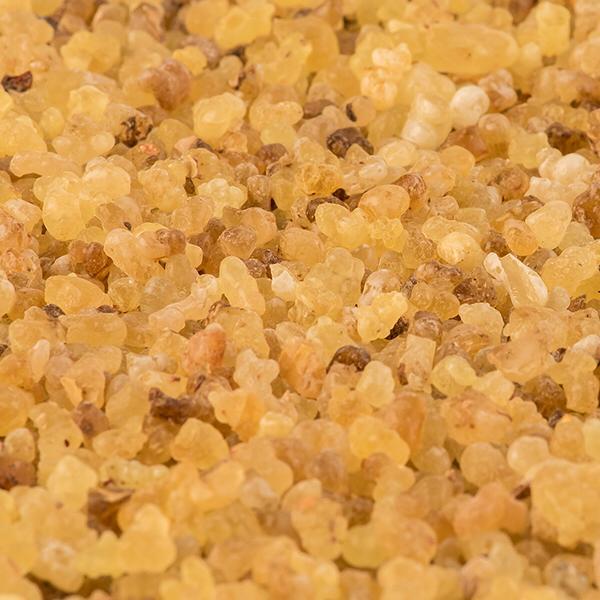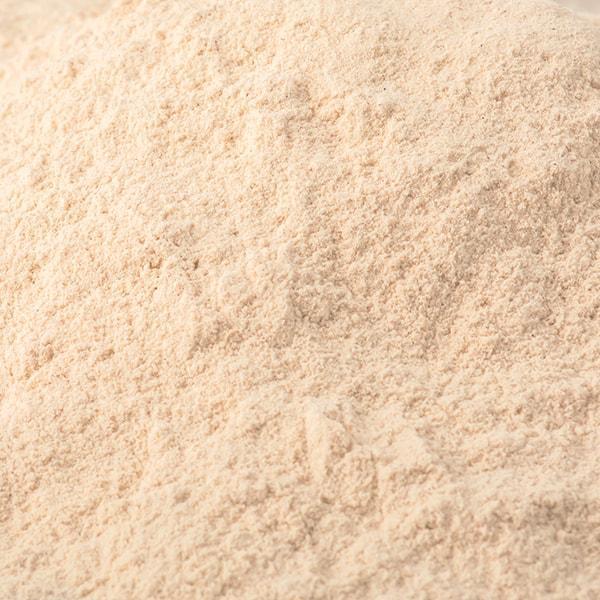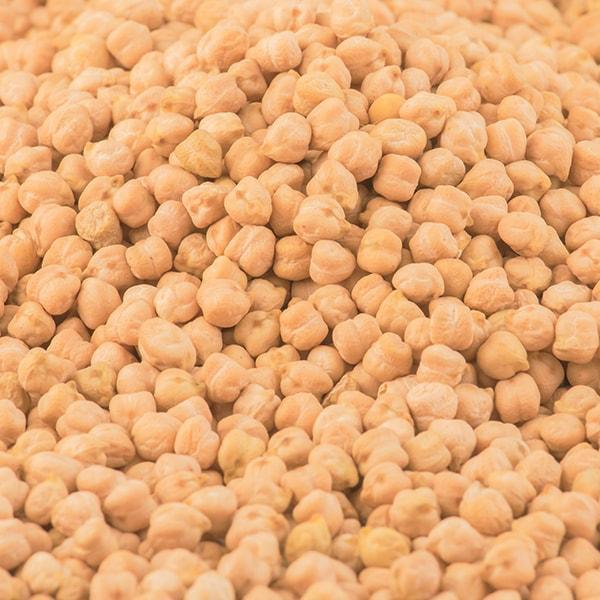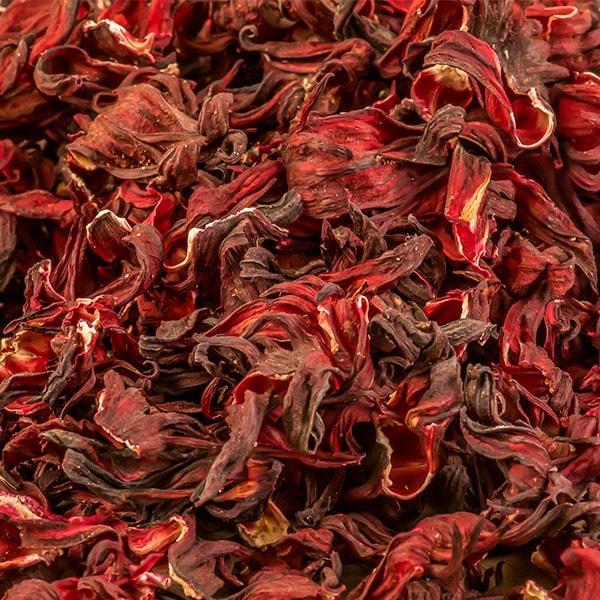Our products

Gum Olibanum Gl
Gum Olibanum, also called Frankincense, is an aromatic resin used in incense and perfumes. It is an exudate gum obtained from trees of the genus Boswellia in the family Burseraceae, particularly Boswellia sacra.

Baobab Powder
It's Scientific Name Adansonia digitata. The Baobab tree (Adansonia digitata) is native to the African continent. As the fruit pod dries on the branch it produces a naturally dehydrated fruit powder. Once harvested, the powder is gently separated from the rest of the fruit by mechanical processing. Producing powder, seeds and oil. Its one of the organic products. Colour: White to off white/peach.

Groundnut Cake
The peanut, or groundnut (Arachis hypogaed), is a species in the legume or "bean" family (Fabaceae), and was probably first domesticated and cultivated in the valleys of Paraguay. It is annual herbaceous plant growing 30 to 50 cm Size: (sizes: 50/60, 60/70 cpo) Color is Red, Aflatoxin B1 (max) 10 P.P.B, Oil content 47% Min. Uses: Oil, confection and food supplements.

beeswax
is a natural animal wax obtained by melting the walls of the honeycomb after the removal of honey made by the honey bee, Apis mellifera L species with hot water or steam and removing foreign material. Beeswax: Descripts by yellowish white or yellowish to greyish brown pieces or plates with a fine-grained and non- crystalline fracture, having an agreeable, honey-like odor. Beeswax has many uses in industry, pharmacy and medicine. Some of the documented uses include making of adhesives, candles, cosmetics, electrical insulation, explosives, floor polishes, lubricants, pencils, pharmaceuticals printing inks, shoe creams, varnishes in leather, molding, paper and rubber industries.

Senna Pods
Sudanese Senna, Cassia acutifolia, Del C. Senna L is a perennial 1-2 m height undershrub. The stem is erect, smooth, and pale green to light brown with long spreading ascending branches. Leaves are compound with four to six pairs of leaflets. The full grown leaflets are bluish-green to pale- green in color and emit a characteristic fetid smell when crushed. The flowers are small and yellow and axillary arranged racemes. The pods are broadly oblong about 5-8 cm long. and 2-3 cm broad, green in beginning and change to greenish-brown to dark brown on maturity. Each pod has 5 to 7 ovate, compressed, smooth, dark-brown seeds. The two most widely exported and officially recognized species of seena are C. acutifolia and C. angustifolia. Cassia senna; used as medicine, cosmetics, health hygiene and food supplements in improving the quality of life. Both Pods & leaves are used as natural laxative to treat constipation. They act on the large intestine to stimulate peristalsis (the muscular activity of the colon leading to elimination). It is known that several countries utilize the leaves of different indigenously available species for the same purpose. Senna also used as an expectorant, a wound dressing, an anti-dysenteric, and a carminative agent. It is useful in the treatment of gonorrhea, skin diseases, dyspepsia, fevers and hemorrhoids. The herb is used in the form of crude plant material or powder as oral infusion or extracts (liquid or solid). It is always advised to use the drug under the supervision of Physician, because the excess use of senna may have adverse effect leading to sudden and intense stomach pains and colic or abdominal pains.

White Hibiscus Flower
Hibiscus sabdariffa is a member of the Malvaceae family. It is an annual herb that grows to 6 feet or more, stems are glabrous; lower leaves are ovate with the upper leaves being 3-5 palmately lobed. The flowers are axillary or in terminal racemes, the petals are white with a reddish center at the base of the staminal column, the calyx enlargens at maturity and the fruit is fleshy and bright red. It is known as roselle (English) l'oiselle (French), jamaica (Spanish), karkade (Arabic), bissap (Wolof) and dâ (Bambara) among other names. The calyces are used to make cold and hot beverages in many of the world's tropical and subtropical countries. In China the seeds are used for their oil and the plant is used for medicinal properties. The leaves and powdered seeds are eaten in West Africa White-Yellow colour. A well balanced, tart and astringent flavor. Some cranberry notes as well as a slight drying effect. Not excessively tart, acidic or bitter. Should be free of off-flavours other undesirable spice/botanical notes.

Watermelon Gambo
Watermelon seeds are one of the common protein supplements. These are cultivated in large quantities in western Sudan. Traditionally, the seeds are extracted from the seed casing, and dried in the sun. Once dried, the seeds are pressed to extract the oil. Watermelon seeds make a great snack when they have been dried and roasted. These seeds are loaded with nutrients including fatty acids, essential proteins and lots of minerals. These seeds are rich in vitamin B like thiamine, niacin, folate and minerals like magnesium, potassium, manganese, iron, zinc, phosphorus and copper. Besides, they are a great source of calories with 100 grams of watermelon seeds providing around 600 grams of calories.

Watermelon Seeds Sadir
Watermelon seeds are one of the common protein supplements. These are cultivated in large quantities in western Sudan. Traditionally, the seeds are extracted from the seed casing, and dried in the sun. Once dried, the seeds are pressed to extract the oil. Watermelon seeds make a great snack when they have been dried and roasted. These seeds are loaded with nutrients including fatty acids, essential proteins and lots of minerals. These seeds are rich in vitamin B like thiamine, niacin, folate and minerals like magnesium potassium, manganese, iron, zinc, phosphorus and copper. Besides, they are a great source of calories with 100 grams of watermelon seeds providing around 600 grams of calories.

Gum Olibanum G4
Gum Olibanum, also called Frankincense, is an aromatic resin used in incense and perfumes. It is an exudate gum obtained from trees of the genus Boswellia in the family Burseraceae, particularly Boswellia sacra.

Gum Hashab (HPS)
Gum Arabic is the dried gummy exudation of high molecular polysaccharides obtained from the stems and branches of Acacia senegal. L. Willdenow. Organoleptic data: Tasteless, odourless Appearance: Pale amber hand-picked selected gum nodules.

Gum Talha Dust
Gum Arabic is the dried gummy exudation of high molecular polysaccharides obtained from the stems and branches of Acacia senegal L Willdenow. Organoleptic data: Tasteless, odourless Appearance: Pale amber gum nodules.

Gum Talha G3
Gum Arabic is the dried gummy exudation of high molecular polysaccharides obtained from the stems and branches of Acacia senegal L Willdenow. Organoleptic data: Tasteless, odourless Appearance: Pale amber gum nodules.

Groundnut Ashford
The peanut, or groundnut (Arachis hypogaea), is a species in the legume or "bean" family (Fabaceae), and was probably first domesticated and cultivated in the valleys of Paraguay. It is an annual herbaceous plant growing 30 to 50 cm Size: (sizes: 50/60, 60/70 cpo) Color is Red, Aflatoxin B1 (max) 10 P.P.B, Oil content 47% Min. Uses: Oil, confection and food supplements.

White Sesame Seeds
Sesame (Sesamum indicum) is a flowering plant in the genus Sesamum. Numerous wild relatives occur in Africa and it is widely naturalized in tropical regions around the world and is cultivated for its edible seeds, which grow in pods. Usages of Whitish Type: Bakery and sweets, other savoury food applications and crushing for oil extraction for sesame seed oil production.

Groundnut Spanish
The peanut, or groundnut (Arachis hypogaea), is a species in the legume or "bean" family (Fabaceae), and was probably first domesticated and cultivated in the valleys of Paraguay. It is an annual herbaceous plant growing 30 to 50 cm Size: (size: 70/80 cpo) Color is Red, Aflatoxin B1 (max) 10 P.P.B, Oil content 47% Min. Uses: Oil, confection and food supplements.

Red Sesame Seeds
Sesame (Sesamum indicum) is a flowering plant in the genus Sesamum. Numerous wild relatives occur in Africa and it is widely naturalized in tropical regions around the world and is cultivated for its edible seeds, which grow in pods. Usages of Reddish Type: Crushing for oil extraction for sesame seed oil production.

Mixed Sesame Seeds
Sesame (Sesamum indicum) is a flowering.plant in the genus Sesamum Numerous wild relatives occur in Africa and it is widely naturalized in tropical regions around the world and is cultivated for its edible seeds, which grow in pods. Usages of Whitish Type: Bakery and sweets, other savoury food applications and crushing for oil extraction for sesame seed oil production.

Pigeon Peas
Pigeon pea (Cajanus cajan) is an edible legume that is capable of fixing atrophic nitrogen in association with Rhizobium bacteria. Pigeon pea biomass, when incoporated into the soil improves its fertility and condition. Its grain is good source of dietary protein for family and can be sold for cash while the dry stems make good fuelwood. Pigeon pea originates from India as more than 77 % of the world pigeon pea is produced and consumed in India where it is a key crop for food and nutritional security of the people. Pigeon peas are also commonly grown in African region such as Kenya, Uganda, Tanzania, Nigeria, Mozambique, Malawi and Sudan and contributes about 21% of global production In Sudan Pigeon peas is cultivated in New Halfa area, Gadaref, Al Gazera and small areas of Kordofan and South Sudan, where it is sometimes known as the Congo pea or Gunga pea. Dry seeds of Pigeon pea are harvested when the pods are fully ripe and have turned yellow but before the pods start shatter. Nearly mature pods continue to ripen even after plants are cut, but very dry pods shatter and heavy losses occur when plants are cut.

Chick Peas
The chickpea or chick pea is a legume of the family Fabaceae, subfamily Faboideae. Chickpeas are a type of pulse, with one seedpod containing two or three peas. It has white flowers with blue, violet, or pink veins. Its different types are variously known as gram or Bengal gram garbanzo or garbanzo bean, or Egyptian pea. Its seeds are high in protein. It is one of the earliest cultivated legumes: 7,500-year-old remains have been found in the Middle East. India produced 64% of the world's total chickpeas. Mature chickpeas can be cooked and eaten cold in salads, cooked in stews, ground into flour, ground and shaped in balls and fried as falafel, made into a batter and baked to make farinata or cecina, or fried to make panelle. Chickpea flour is known as gram flour or besan in South Asia and used frequently in South Asian cuisine. Chickpeas are a nutrient-dense food, providing rich content 20% or higher of Daily Value of protein, dietary fibre, folate, and certain dietary minerals suc as iron and phosphorus. Thiamin, vitamin B6, magnesium, and zinc contents are moderate, providing 10-16% of the Daily Value. Chickpeas have a Protein Digestibility Corrected Amino Acid Score of about 0.76 which is higher than many other legumes and cereals.

Red Hibiscus Flower
Hibiscus sabdariffa is a member of the Malvaceae family. It is an annual herb that grows to 6 feet or more, stems are glabrous; lower leaves are ovate with the upper leaves being 3-5 palmately lobed. The flowers are axillary or in terminal racemes, the petals are white with a reddish center at the base of the staminal column, the calyx enlargens at maturity and the fruit is fleshy and bright red. It is known as roselle (English), l'oiselle (French), jamaica (Spanish) karkade (Arabic), bissap (Wolof) and dâ (Bambara) among other names. The calyces are used to make cold and hot beverages in many of the world's tropical and subtropical countries. In China the seeds are used for their oil and the plant is used for medicinal properties. The leaves and powdered seeds are eaten in West Africa. Purple-red colour. A well balanced, tart Purple-red colour. A well balanced, tart and astringent flavor. Some cranberry notes as well as a slight drying effect. Not excessively tart, acidic or bitter. Should be free of off-flavours and other undesirable spice/botanical notes.

Red Hibiscus Sifting
Hibiscus sabdariffa is a member of the Malvaceae family. It is an annual herb grows to 6 feet or more, stems are that glabrous; lower leaves are ovate with the upper leaves being 3-5 palmately lobed. The flowers are axillary or in terminal racemes, the petals are white with a reddish center at the base of the staminal column, the calyx enlargens at maturity and the fruit is fleshy and bright red. It is known as roselle (English) l'oiselle (French), jamaica (Spanish). karkade (Arabic), bissap (Wolof) and da (Bambara) among other names. The calyces are used to make cold and hot beverages in many of the world's tropical and subtropical countries. In China the seeds are used for their oil and the plant is used for medicinal properties. The leaves and powdered seeds are eaten in West Africa White-Yellow colour. A well balanced, tart and astringent flavor. Some cranberry notes as well as a slight drying effect. Not excessively tart, acidic or bitter. Should be free of off-flavours and other undesirable spice/botanical notes.
